New Zealand

Southland is growing into a centre for aquaculture excellence
The sound of water bubbling away noisily fills the room, punctuated by the strong smell of sea air.
Row upon row of tanks now line the top floor of the old Ocean Beach meat works just outside of Bluff, where the NZ Abalone Company is farming pāua – a lucrative delicacy in Asia.
The company is roughly halfway through its first harvest cycle, and they’re also producing research they hope will advance New Zealand’s still relatively small aquaculture industry.
Read More here…
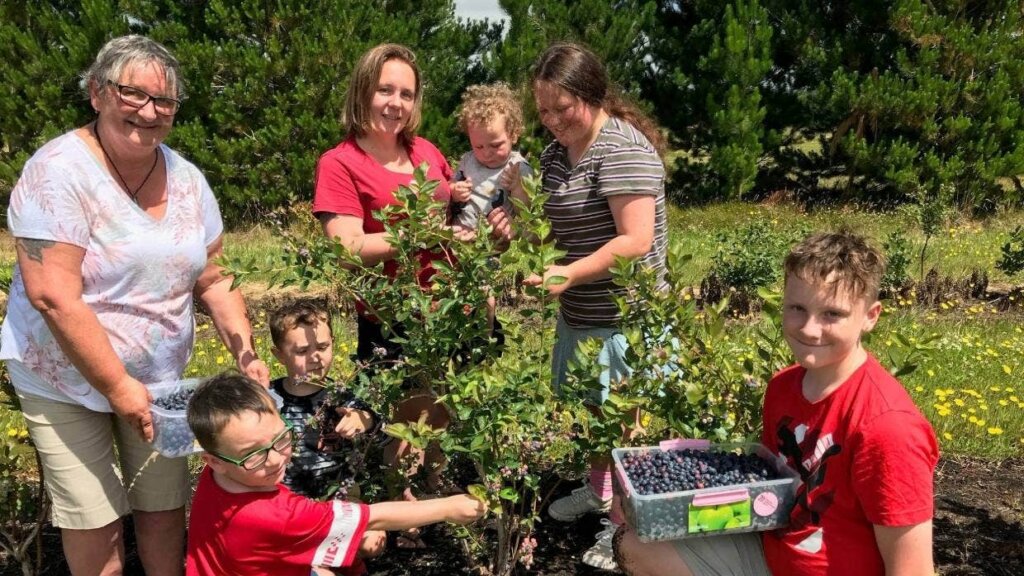
Southland’s blueberry season opens with lots of positives
Blueberry Country Southland boss Simon Bardon could not have wished for more with plenty of people turning up and a full roster of staff for the opening of the blueberry season this week.
Wet weather delayed the fruit turning from green to blue but warm weather in the past week changed that for the first day of public picking at the Otautau farm on Thursday.
Read more here…
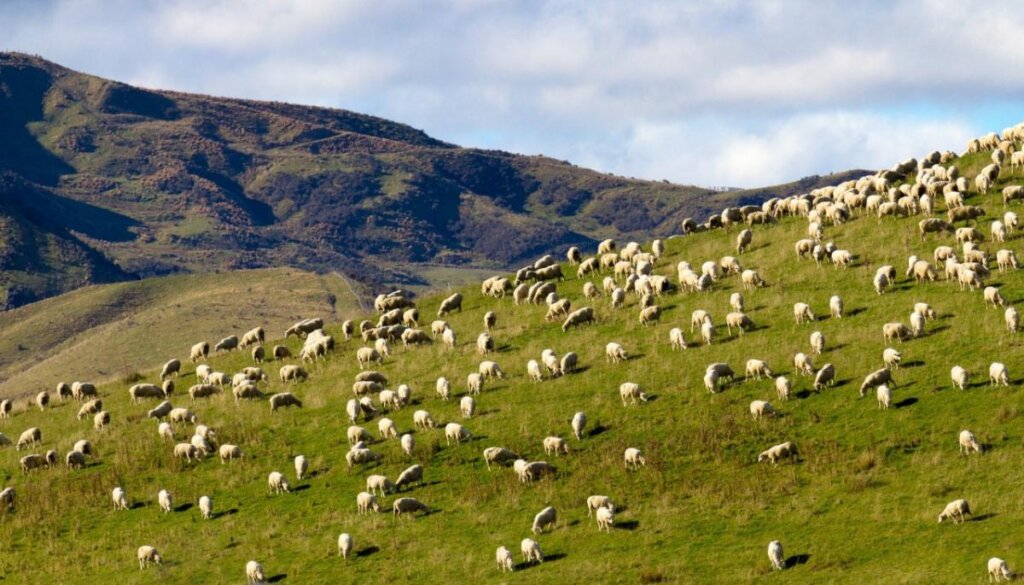
Farmers keen to increase native plant and bird life in hill country, but ‘biodiversity not well understood’ – study
Sheep and beef farmers are keen to increase the amount of native birds and plants on their land, however the term biodiversity is “not well understood”, according to the initial findings of an ongoing industry-led research programme into hill country farming.
The Hill Country Futures is a five-year programme aiming to understand what farmers, decision-makers and influencers think are the best outcomes for the future of hill country farming, and what can be done to achieve these outcomes.
As part of the programme 298 people were interviewed between July 2019 and March 2020, with the initial findings from those interviews recently published.
Read More here…
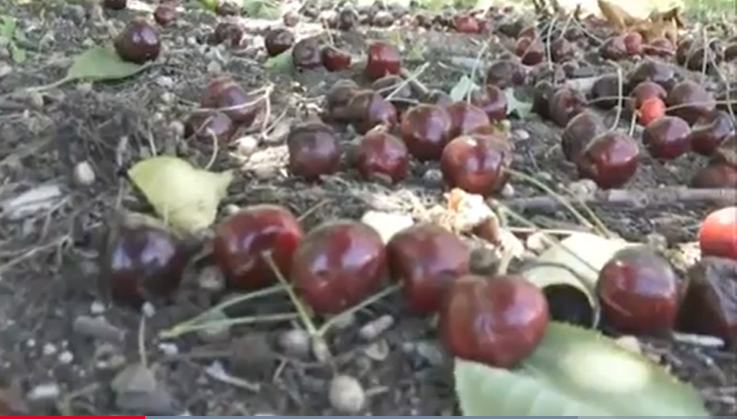
Central Otago cherry growers face loss of half their harvest after heavy rain decimates crops
A potential record harvest for Central Otago cherry growers has been halved following recent downpours.
But the heavy rain that decimated the crop has provided a boon for South Island dairy farmers.
Split and burst – blemished cherries are unsaleable, left to rot on the orchard floor.
Read More here…
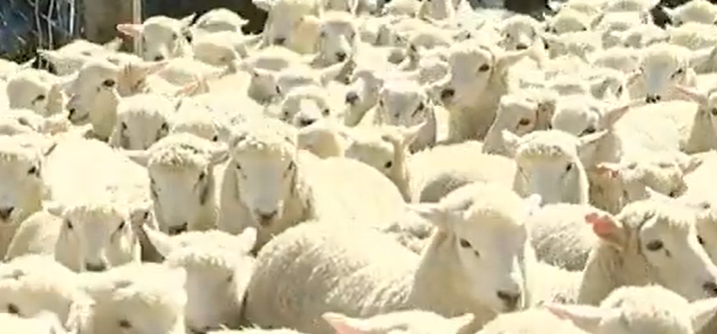
High demand for lambs as recent Canterbury rain brings lush green pastures
Lambs are in high demand in Canterbury as farmers buy up large to chew through paddocks of extra feed.
It’s a welcome break for farmers who at this time of the year are normally dealing with drought.
At an auction at Canterbury’s Baldoon Farm on Wednesday, 3000 lambs went to auction.
Read More here…
Australia
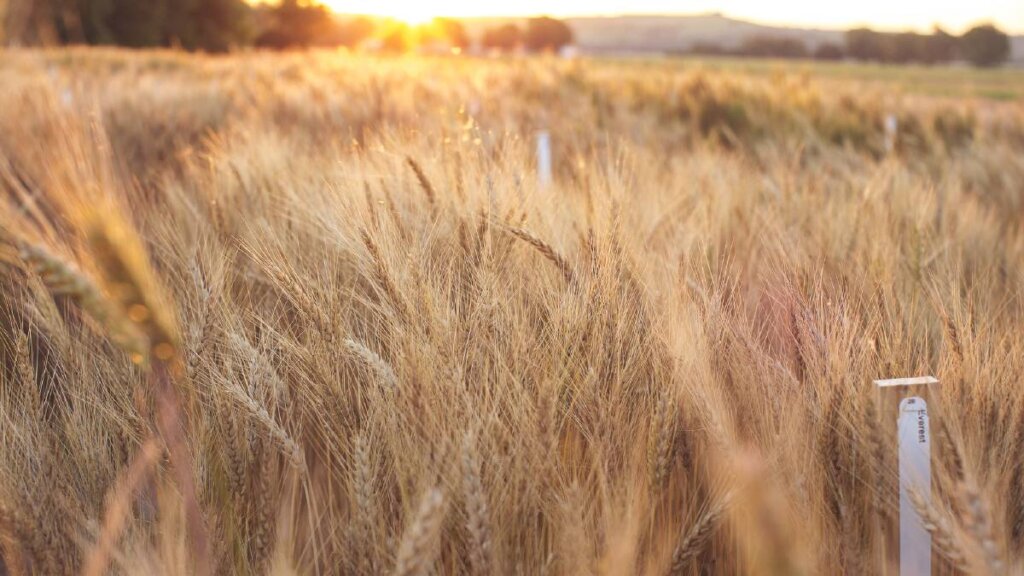
Aussie research leads global rust resistance stacking breakthrough
THE Nature Biotechnology journal has published research on the development of a new wheat variety that shows exceptional resistance to wheat stem rust.
The research team developing the new resistance to wheat rust was led by Mick Ayliffe at the CSIRO’s Canberra laboratories.
The researchers, partially backed by The 2Blades Foundation in the United States, have used genetic technologies to build and insert a stack of five rust resistance genes into a single location in the genome of a common wheat variety.
Read more here…

Vic vegetable growers shine a light on their pest bird problems
The owners of a large-scale vegetable farm in Victoria say they are literally beaming up their bird problems.
Family-owned Gazzola Farms grows lettuce, celery and Asian greens on 200 hectares at Boneo on the Mornington Peninsula where birds, particularly wood ducks, are a constant threat to crops.
Farm manager Dean Gazzola said when traditional methods such as scare guns couldn’t budge the birds they started looking for a more innovative solution.
Their search led them to an automated laser bird deterrent manufactured by Dutch company, the Bird Control Group, and distributed in Australia by E.E. Muir and Sons.
Read more here…

Wheat futures keep climbing
Wheat futures continue to surge, lifting sharply since last week’s USDA report. By the end of Friday night’s trading last week, intra-day trading had seen the market top out at 693 US cents a bushel, before closing for the week back at 675.5 USc/bu.
We were at risk of United States grain futures pulling back from the rally in early January if the USDA reports had simply confirmed what the market had been assuming about grain production estimates and stock levels.
Read more here…

Dairy markets stable despite pandemic challenges
Global dairy markets appear to be weathering the COVID-19 storm with prices stable despite pandemic-induced changes in demand in key markets.
The Australian Milk Value Portal’s latest Global Dairy Update says resilience in demand for dairy products is underpinning the market.
International analysts are also pointing to stability – with ANZ in New Zealand last week lifting its forecast farmgate price there by 7.5 per cent while the Food and Agricultural Organisation’s dairy price index jumped for the seventh month in a row in December.
Read more here…
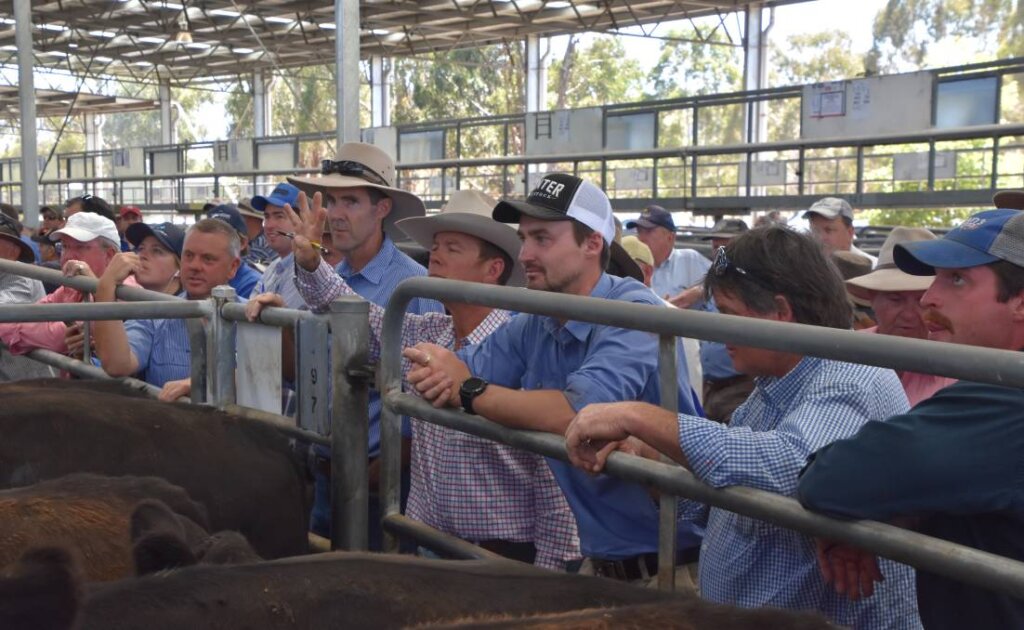
More grass, less cattle equals stratospheric prices
THE cattle market has started the year at a blistering pace, with sensational weaner prices in the south pushing the broad indicator to a new peak.
The Eastern Young Cattle Indicator hit 830.75 cents a kilogram carcase weight this morning, surpassing the previous record set in November of 829c.
La Nina flexed in Queensland and prices took off in Victoria.
The story, for the next month at least, is more and more grass combined with less and less numbers, which agents say can only sustain the strength in the store market.
Read more here…
South America

Falklands compensates farmers for mutton not processed during the current season
The suppliers of the Falkland Islands Meat Company (FIMCo) will be eligible for assistance through an FIG scheme, it was announced through a press statement on January 7. The support is in the form of £10 of compensation from FIG per head of mutton which cannot be processed by FIMCo, but does not make payments for cull sheep.
Payments within this scheme will be administered by the Falkland Islands Development Corporation (FIDC).
Read more here…

Poor weather cuts Brazilian corn expectations
Weather conditions during the main planting season were unfavorable for Brazilian corn. Lower precipitation caused the soil to dry so producers had to delay the planting of the cereal, which affected the estimated annual production of the 2020/2021 harvest.
According to CONAB (the government’s food supply and statistics agency), rain in most productive regions has been spotty throughout the last months and several locations registered below average numbers. Unfortunately the biggest impacts came in the mid-south, the most productive region in the country — especially Rio Grande do Sul state. .
Read More here…
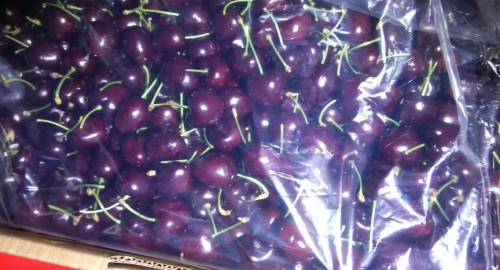
Cherries Top Chinese Web Searches, Prices ‘Slashed in Half’
In a recent report by China’s CCTV Finance and Economics television channel, merchants from the fruit section of the Lingjiatang Agricultural Trade Wholesale Market in Jiangsu province shared that in the past, cherries have sold for at least 500 yuan a box at this time of year — this year, however, they are selling for a mere 200 yuan per box. After visiting several fruit retail stores in Changzhou city, the CCTV journalist also discovered that cherries were consistently occupying the prime position in stock displays. Cherry prices are currently ranging between 60 and 120 yuan per kilogram, depending on the size of the fruit. A bumper harvest at cherry orchards this year has resulted in consumer-friendly prices, and sales are booming.
Read more here…
Food Updates
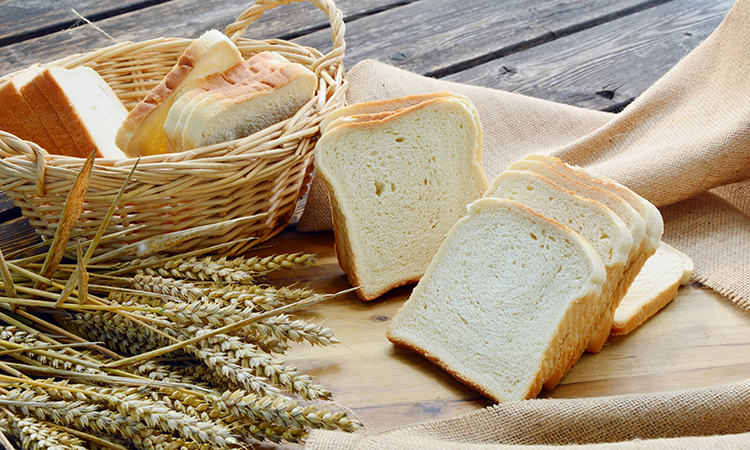
Have scientists found a replacement for wheat flour in white bread?
A research team thinks that its chickpea-derived flour can produce equally tasty white bread and decrease the risk of type 2 diabetes.
Researchers from the Quadram Institute and King’s College London have shown that replacing wheat flour with a new ingredient derived from chickpeas improved the glycaemic response (the rise in blood sugar observed after eating a meal) of people eating white bread.
The research team claims the new ingredient uses specially developed milling and drying processes that preserve cellular structure, making its starch more resistant to digestion. Developing food products that contain more of this resistant starch would help to control blood glucose levels and reduce the risk of type 2 diabetes.
Read more here…

Could 2020 be the supermarket’s swansong?
A new survey suggests shoppers could be moving away from traditional supermarkets and taking the opportunities afforded to them by technology to shop elsewhere.
For the first time less than half of Britons (49 percent) anticipate buying their food from supermarkets in the future – a proportion that has fallen over the last two years from 56 percent in 2018.
That’s according to ThoughtWorks’ ‘2030 Britain’ study, which explores how people expect their world will look in nine years’ time. The latest aspect of this study considered the nation’s relationship with food and the findings suggest that, after a year of pandemic and lockdown, more people are considering buying food directly from food producers or online via non-supermarket avenues.
Read more here…
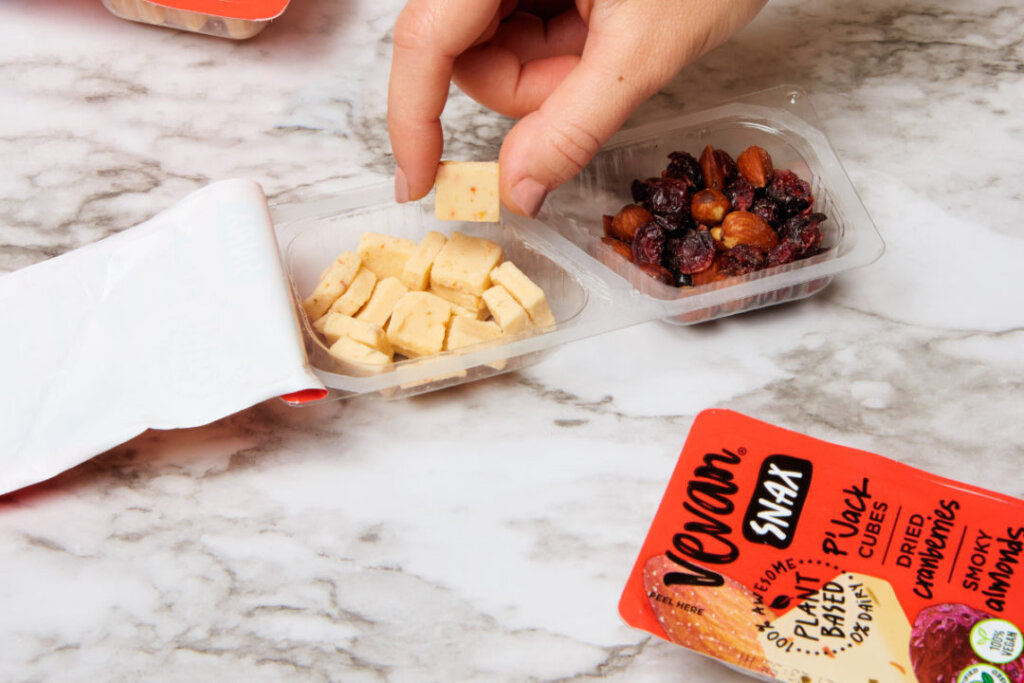
Schuman Cheese’s Vevan launches plant-based cheese snack packs
Schuman Cheese’s plant-based banner Vevan has added dairy-free snacking cubes of plant-based cheese paired with dried fruit and roasted nuts.
“Vevan tastes great in recipes, but it’s also great on its own, and that’s the premise of Snax,” said Keith Schuman, Vevan Business Unit Lead. “There are few, if any, plant-based options for specific eating occasions like casual snacking, so it’s especially exciting to share Vevan in a format that lets plant-based eaters enjoy those moments more completely.”
Vevan Snax will be offered in two flavors and come packaged in a 16-count, display-ready case. Individual Snax units (1.48 oz. each) are expected to fall in the $1.50 to $2.50 range; final pricing will be at retailers’ discretion…
Read more here…
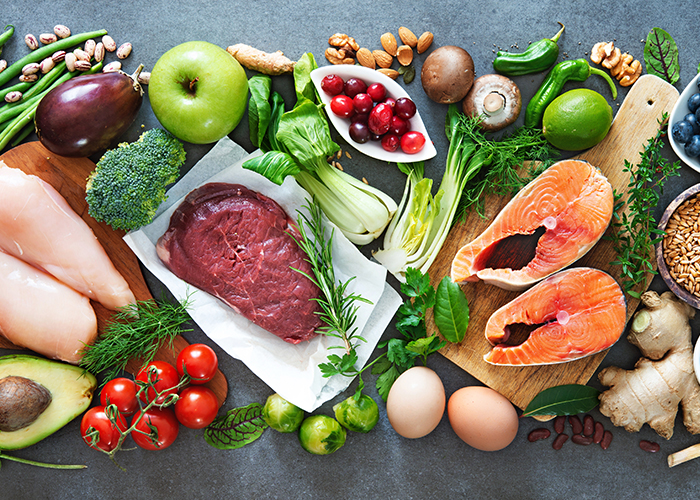
Could we be to blame for an increase in food allergies?
Food allergies have been increasing dramatically across the developed world for more than 30 years. That’s according to a research team from Yale University, which thinks it has found a link between food allergies and food control systems.
As many as eight percent of children in the US now experience potentially lethal immune system responses to such foods as milk, tree nuts, fish and shellfish, say researchers. But scientists have struggled to explain why that is. A prevailing theory has been that food allergies arise because of an absence of natural pathogens such as parasites in the modern environment, which in turn makes the part of the immune system that evolved to deal with such natural threats hypersensitive to certain foods.
Read more here…
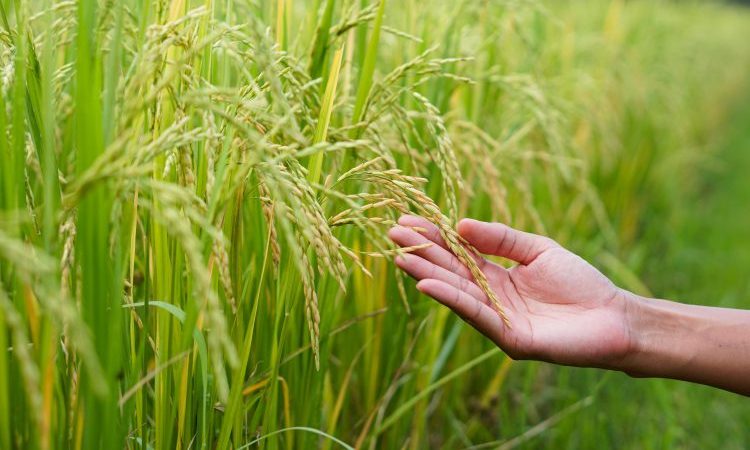
Bacteria breakthrough could lead to disease-resistant rice
A bacterium which makes rice plants more resistant to disease has been discovered in the seeds of a crop in China.
Scientists from Austria think they have found the key to breeding more disease-resistant rice plants, a breakthrough which could improve the security of one of the world’s most important food sources.
Rice is the staple food of about half the world’s population. The cultivation of the rice plant is very water intensive and, according to the German aid organisation Welthungerhilfe, around 15 percent of rice is grown in areas with a high risk of drought.
Read more here…


